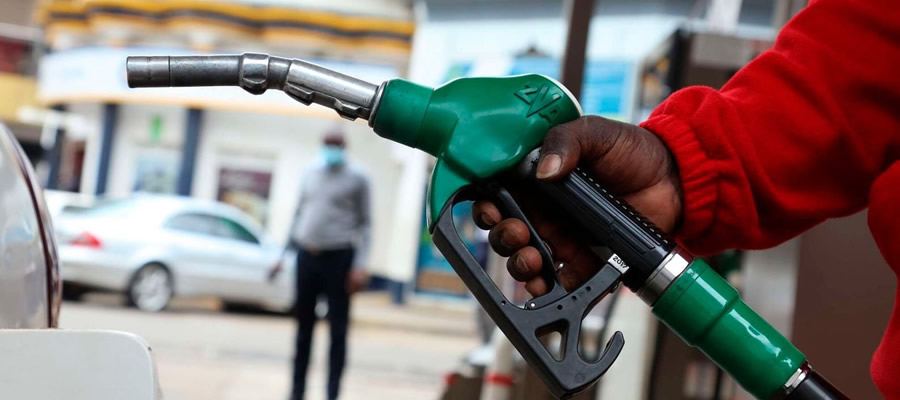

Introduction
Ghana’s economy remains largely an agrarian one in spite of the recent discovery and production of oil, and the fact that the services sector of the economy is fast dislodging agriculture as the single largest contributor to the country’s annual Gross Domestic Product (GDP). It is an undeniable fact that the Agriculture sector in Ghana’s economy employs over 60 percent of the working population and thus contributes significantly to the overall economic output of the country. Agriculture is a dominant economic activity for the rural household, particularly crop production.
Agricultural growth has played a key role in the country’s poverty reduction efforts, and this has helped put the country on the path to becoming one of the few African countries that will achieve the Millennium Development Goal 1 (MDG1) of halving poverty or reducing the population with extreme hunger earlier than the targeted year of 2015. Studies based on the last three runs of national representative household surveys show that, agricultural crop production is the most important activity for majority of the rural households both as income-generating activity and as a source of income.
Agriculture in New Juaben Municipality consists of a variety of agricultural products and is an established economic sector and provides employment on a formal and informal basis. The Municipality produces a variety of crops including yam, grains, cocoa, oil palm, kola nut, and timber.
Households in Agriculture
Table 7.1 shows the distribution of households by agriculture and type of locality urban-rural residence. Agricultural households constituted about one fifth (19.7%) of households in the Municipality, with majority of the households engaged in crop farming (87.6 %) and livestock rearing (26.9 %). From the data, rural dwellers tend to be more involved in agriculture than their urban counterparts. While more than half (53.2%) of rural households are involved in agriculture, less than 18 percent of urban households are engaged in agriculture.
Crop farming and livestock rearing are common among both rural and urban households recording higher percentages in crop farming with 92.3 percent and 86.7 percent respectively. With reference to tree planting that could enhance climate change, the Municipality records few households involved in it with 1.4 percent and 0.3 percent for urban and rural residence respectively.
Types of Livestock and other Animals reared
Crop farming, tree planting, livestock rearing and fish farming are the various types of farming in Ghana, (2010 PHC). Table 7.2 shows the distribution of livestock and keepers. It is observed that there is a large concentration on poultry and livestock keeping. For instance there are 2,007 and 1911keepers for poultry and livestock respectively. For the average number per keeper it is observed that fish farming and snail rearing relatively are kept on large scale as compared to the other livestock keeping.
For instance, the average number of fingerlings per keeper for fish farming is 477, whilst that of snail is 192. There were 5,065 cattle in the Municipality for 105 keepers. On the average, every keeper has 48 cattle. . However, the keeping of bee, dove and silk for livestock is very low, only six keepers are engaged in it averagely. The most common animal keeping found in the Municipality is chicken. It shows that there are 1,748 keepers in the Municipality, this is expected and could be due to the fact that chicken is one of the most consumed livestock.
Date Created : 11/26/2017 3:52:24 PM













 facebook
facebook
 twitter
twitter
 Youtube
Youtube
 +233 593 831 280
+233 593 831 280 0800 430 430
0800 430 430 GPS: GE-231-4383
GPS: GE-231-4383 info@ghanadistricts.com
info@ghanadistricts.com Box GP1044, Accra, Ghana
Box GP1044, Accra, Ghana